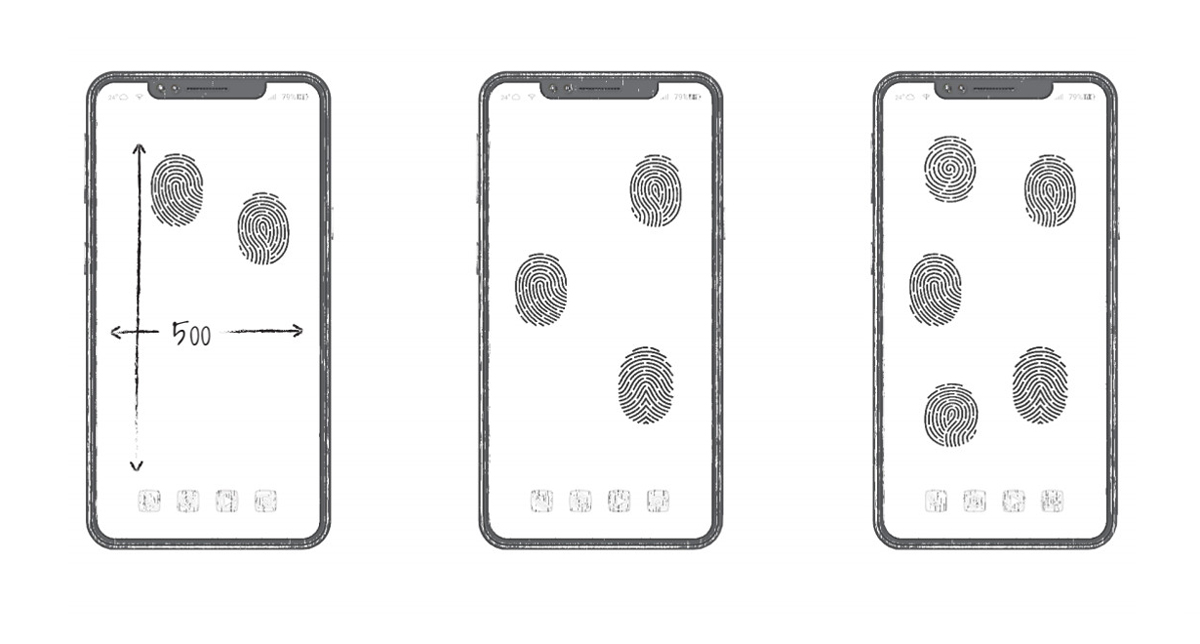According to a recent report by Android Authority, Huawei has confirmed with the site regarding the legitimacy of the all-screen biometric authentication patent. In addition, the Chinese firm also told the site of a few potential use-cases for the technology that they are currently exploring. These include direct fingerprint verification on an app icon, and the ability to quickly access the SMS/messaging app without having to unlock the phone. The former would allow for an added layer of security for applications such as image gallery or contacts, while the latter would provide the user a designated shortcut on the lockscreen to view chats or messages – both requiring their fingerprint to be authenticated first prior to access. Besides that, Huawei added that users will have the freedom to activate sensors in a chosen area on the screen, as well as the ability to disable them in certain locations in order to reduce power consumption. For example; you can set the fingerprint sensors to only register your input on the bottom half of your smartphone’s screen, while the upper half will not. Huawei have yet to confirm regarding the new display technology’s expected availability in the smartphone market. And it is also worth noting that the company is not the first to explore an all-screen biometric authentication support, as the tech was previously showcased on the Vivo Apex 2019 concept phone. Much like the under-display camera technology, we have yet to see which smartphone brand will be first to debut this new approach as part of their products in the near future. (Source: Android Authority | Header image: Huawei P40)
